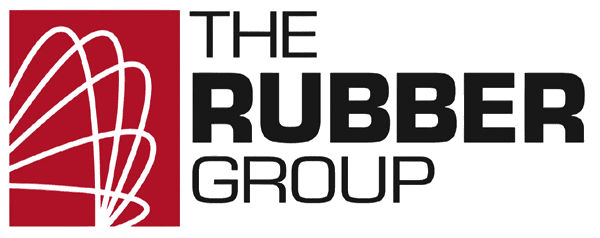Shore hardness is one of the most critical yet misunderstood parameters in specifying rubber components. This measurement can determine whether a seal performs reliably for years or fails within months. That’s because proper durometer selection affects a rubber component’s sealing performance, wear resistance, and operational reliability.
What is Shore Hardness?
Shore hardness measures a material’s resistance to indentation, ranging from 0 (extremely soft) to 100 (extremely hard) on the Shore A scale. For example, a 40 Shore A material is soft and flexible for low-pressure applications, while a 90 Shore A material is hard and rigid for high-pressure environments.
Softer materials (30-50 Shore A) conform well to surfaces but may deform under pressure or wear rapidly. Harder materials (70-90 Shore A) resist deformation and wear but require higher sealing forces. They may also struggle to conform to rough surfaces.
Industry-Specific Applications and Requirements
Shore hardness is especially important in aerospace, oil and gas, medical devices, and other critical applications. Each of these industries also has its own specific requirements.
Aerospace Applications
Aerospace sealing requires rubber materials that perform reliably across extreme temperatures while meeting weight and flammability requirements. Typically, commercial aircraft door seals use 40-60 Shore A materials for adequate sealing and to accommodate thermal expansion.
Military aircraft often require harder materials (60-80 Shore A) to account for rapid pressure changes, fuel exposure, and extreme temperatures. Aerospace engine applications need rubber materials that remain flexible at -65°F while maintaining stability at +400°F.
Oil & Gas Applications
Oil and gas applications need reliable seals. Downhole environments present extreme conditions where pressures can exceed 15,000 PSI and temperatures can reach 400°F. Valve seats need the right rubber durometer.
Medical Device Applications
Medical device applications combine biocompatibility requirements with performance needs. Peristaltic pump tubing typically uses 50-70 Shore A materials to balance flexibility with fatigue resistance, and to prevent collapse under vacuum pressure.
Surgical instrument seals require materials that maintain their elasticity across repeated sterilization cycles. Respiratory device components often use softer materials (30-50 Shore A) to minimize patient discomfort while ensuring breathing circuit seal integrity.
Selection Guidelines and Best Practices for Durometer Selection
Proper durometer selection requires the systematic evaluation of the following factors.
- Pressure Requirements: Higher pressures need harder materials to resist deformation.
- Temperature Range: Materials must remain flexible at minimum temperatures while maintaining their stability at maximum temperatures.
- Chemical Compatibility: Evaluate durometer stability in service environments through accelerated aging.
- Dynamic vs. Static Applications: Balance wear resistance (harder) with flex life (softer) materials.
- Installation Considerations: Softer materials require less installation force but may be more prone to assembly damage.
Ask the Rubber Group for Help with Shore Hardness
Shore hardness selection is a critical design decision that affects every aspect of an elastomeric component’s performance. Sealing success requires understanding how durometer relates to seal mechanics, material behavior, and application requirements.
Remember that Shore hardness is not an isolated property but rather part of an interconnected system of material characteristics that must be optimized for specific applications. Through systematic evaluation and testing, engineers can avoid costly failures and ensure optimal performance throughout a rubber part’s service life.
For technical assistance with durometer selection for critical applications, contact The Rubber Group’s engineering team. Our experience across aerospace, oil and gas, medical devices, and industrial applications enables us to provide expert guidance for the most challenging sealing requirements.
